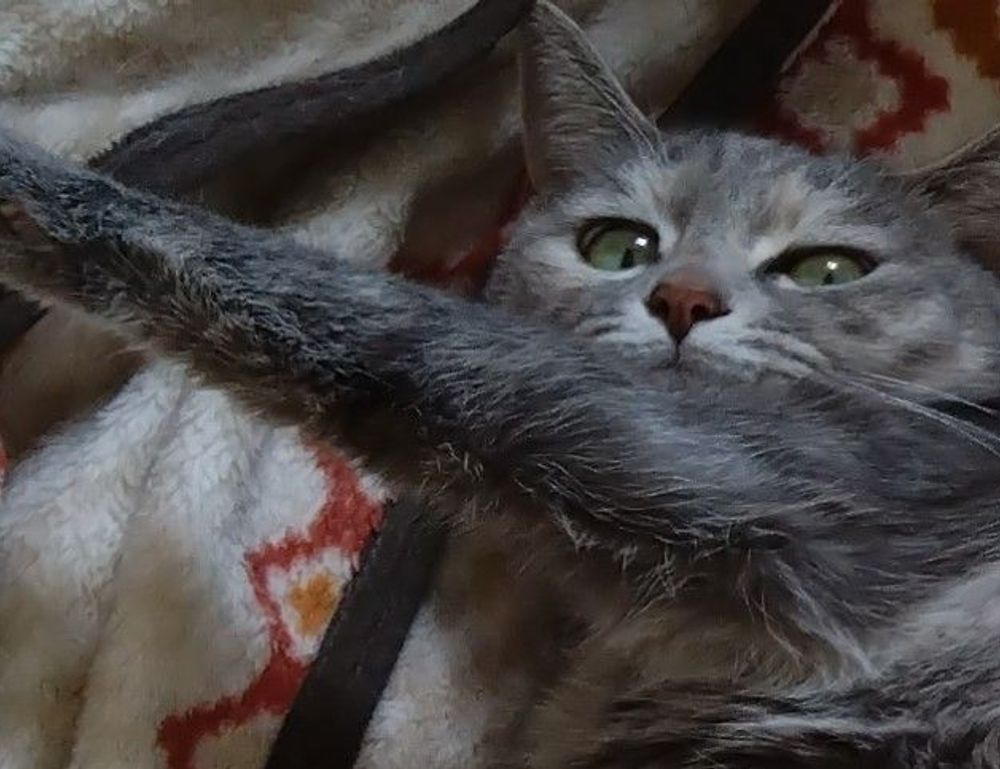Start With the Basics
Every pet, from cats to cockatiels, thrives on routine. Feeding schedules, potty breaks, and playtime should run like clockwork. Predictability keeps their stress down—and yours too. Pick feeding times and stick to them, coordinate potty walks, and make room for daily exercise. This rhythm builds trust and helps avoid behavioral issues.
Nail the Essentials: Food, Water, Shelter
Set up their space right. Dogs get crates or beds, cats need perches and hideouts, and all pets need clean water 24/7. Don’t leave their bowls out too long—clean them daily to prevent bacteria. And for food, skip the trendy marketing and check the ingredient list. Protein should be the first item, not “chicken flavor.” Your vet’s a prime partner in choosing what’s best for your breed, age, and activity level.
Training: Not Just for Tricks
Training isn’t about showing off, it’s about communication and safety. Teach the basics: sit, stay, leave it. Cats can learn too—use positive reinforcement like treats and play.
Behavioral training solves more problems than discipline ever will. Barking, scratching, chewing—those are signals, not crimes. Decode the message before reacting. Training is the language you both learn to make living together smoother.
Health Checks and Preventive Moves
Regular vet visits aren’t optional. Schedule annual checkups and keep vaccines up to date. Fleas, ticks, and worms don’t wait for an invitation—use your vetrecommended preventatives.
Brush their teeth, trim their nails, inspect ears and eyes weekly. A few minutes of grooming saves hundreds in vet bills down the road. Plus, it’s bonding time. Trust is built when care doesn’t come as a surprise.
Activity and Attention
Mental and physical stimulation keep pets from going stircrazy. Dogs want walks, sniff time, and fetch. Cats want to stalk, pounce, and climb. Even small pets like rabbits or birds need outofcage, supervised activity.
Rotate toys. Hide treats. Add puzzle feeders into your routine. Challenge them. A bored pet can be an anxious or destructive pet. Give them a job, even if it’s just tugofwar or obstacle course time in the backyard.
Grooming that Works
Don’t wait until your pet looks rough around the edges. Schedule trims and baths the way you’d schedule oil changes—regular, necessary, and part of the plan. Longhaired breeds especially need brushing every few days to avoid mats.
Use petspecific shampoos and tools. Human products can mess with their skin. If your pet hates grooming, break it into short, positive sessions. A few minutes a day beats a wrestling match once a month.
Travel Smarter
Bringing your pet on the road? Prep for it. Crate or carrier training is essential. No freeroaming in the car—it’s not just unsafe, it’s illegal in some places. Pack essentials: food, water, leashes, waste bags, and familiar items like toys or blankets.
For longer trips, scout petfriendly accommodations and rest stops. And if your pet gets motion sickness or anxious in transit, talk to your vet ahead of time. Don’t wing it.
Socialization Done Right
Introduce your pet to new people, places, and other pets early and often. Start slow. Positive exposure builds confidence and reduces reactivity. Dog parks aren’t for every pup—use structured playdates if necessary.
For indoor pets, enrich their world through window views, bird feeders outside, or petsafe plants. Variety keeps their environment from becoming stale, especially if they’re alone during the day.
Tech and Tools You’ll Actually Use
Gimmicks are everywhere, but some tools are gamechangers. Autofeeders help with consistent meal times. GPS trackers on collars give peace of mind. Smart toys provide stimulation when you’re not home.
Pet cameras let you check in and even chat with your pet during the day. Apps can track health history and remind you about medication or appointments. Just don’t let the gear replace interaction—tools help, but attention matters more.
Pet Tips and Tricks LWMFPets
The golden rule of pet tips and tricks lwmfpets? Keep it simple, practical, and tailored to your pet’s needs. Information’s good, but what matters is what works in daily life. Pay attention to your pet’s reactions—they’ll tell you what’s working and what’s not.
Decoding body language is part of the game. Ears back, tail tucked, licking lips—these aren’t random. They’re telling you when something’s off. Learn to read those signs early.
Also, don’t forget identification. Microchips and updated ID tags are the loweffort, highreward safety net. Lost pets are found faster, and mistakes (like gate left open) become less catastrophic.
At the end of the day, creating a good life for your pet is a mix of structure, freedom, and connection. The fancy beds and highdollar treats are fine—but they don’t replace attention, consistency, and care.
Final Word
Being a great pet owner isn’t about perfection—it’s about showing up, paying attention, and learning as you go. Use resources like pet tips and tricks lwmfpets to stay sharp, but trust your instincts too. Your pet isn’t looking for flawless. They’re looking for safe, fed, and loved.
Make care part of the rhythm, not an afterthought. Life’s better with pets—especially when you’ve got the right tools and knowhow to make it work for both of you.
